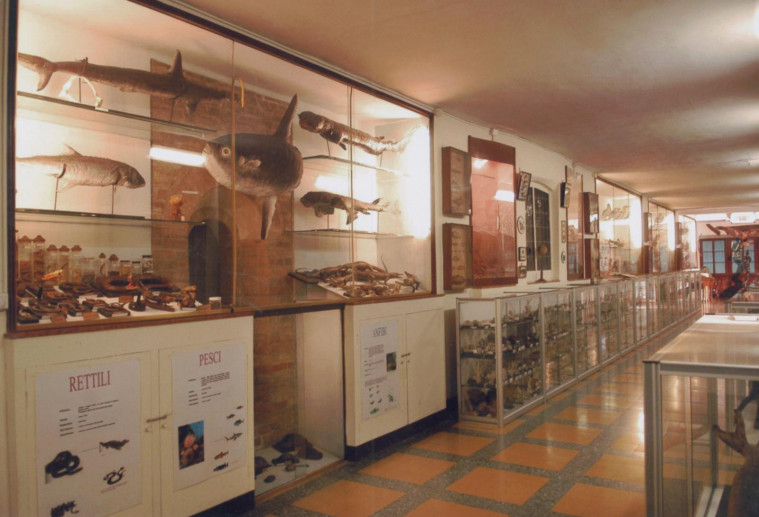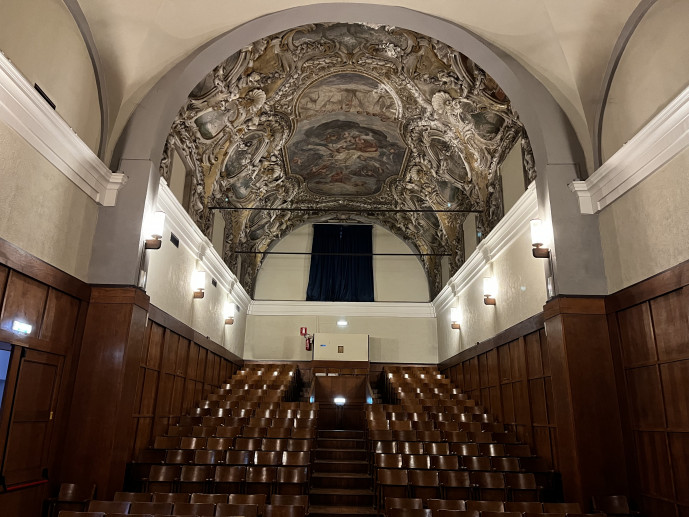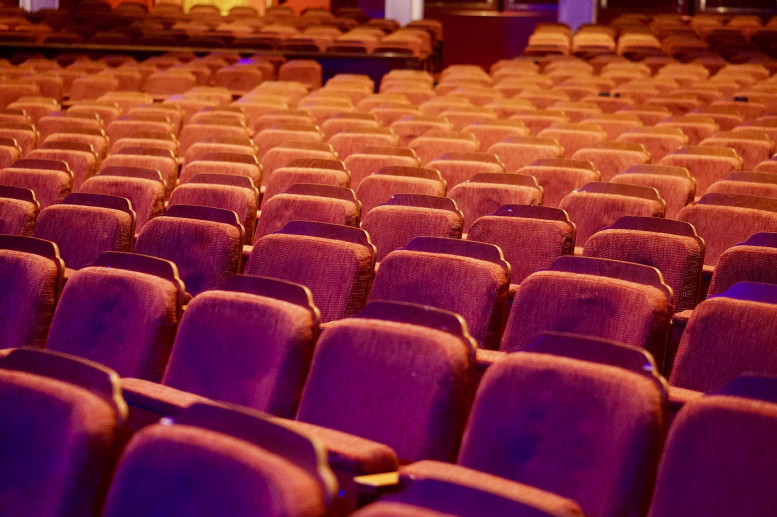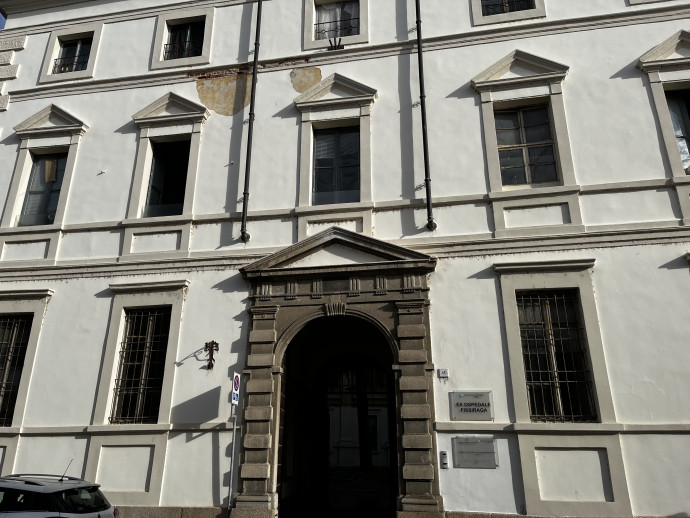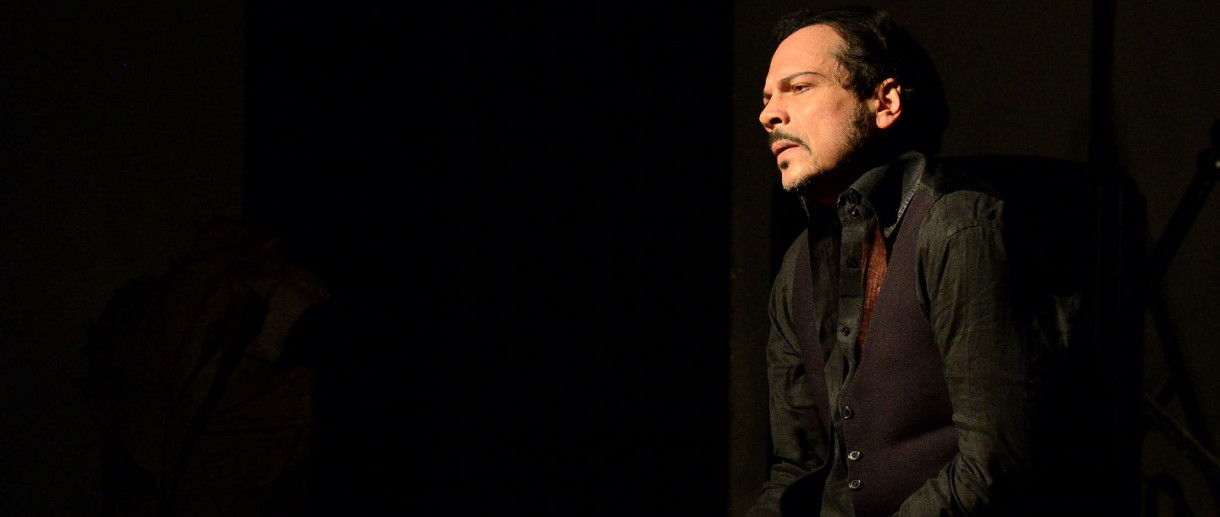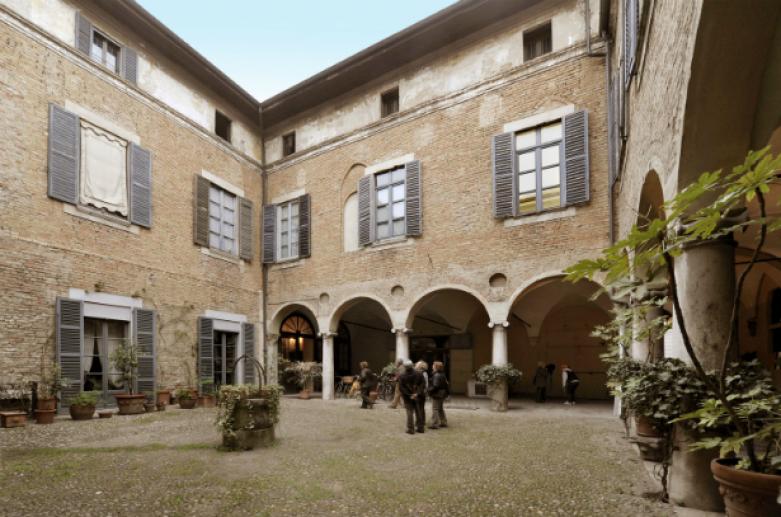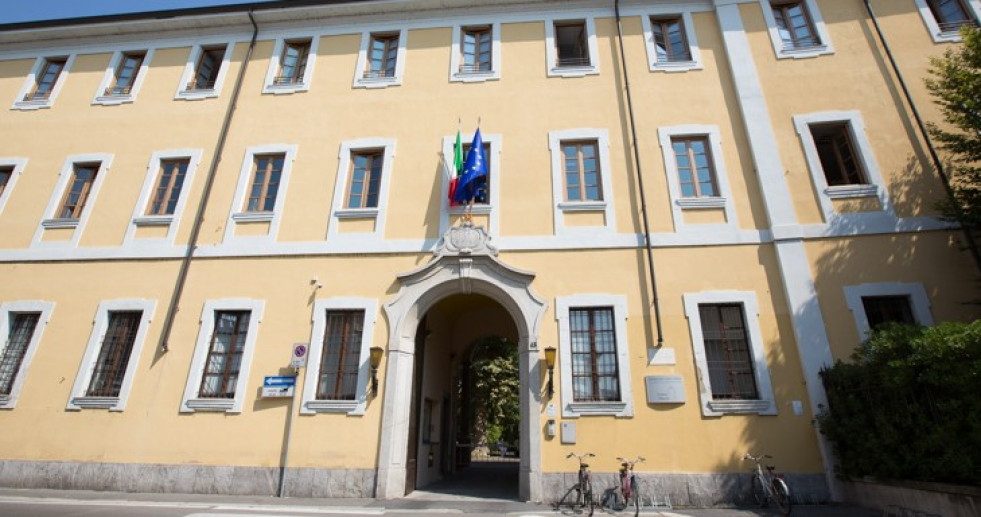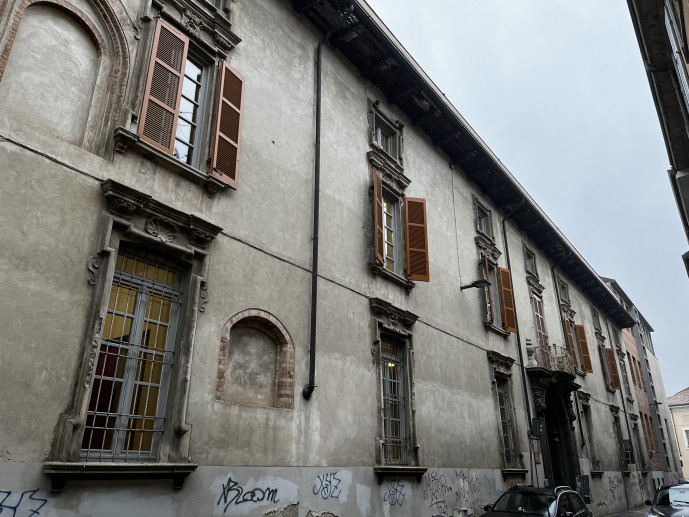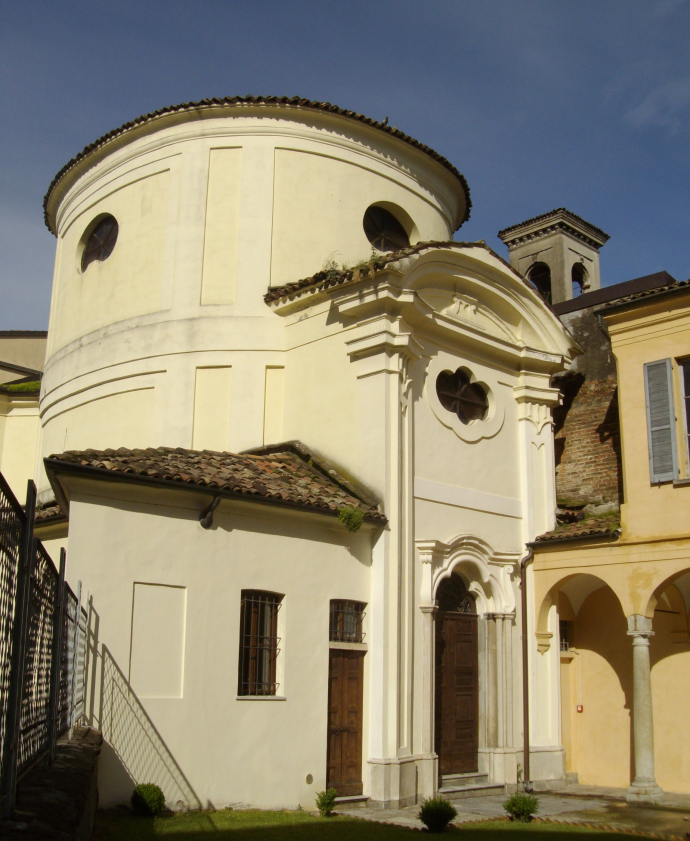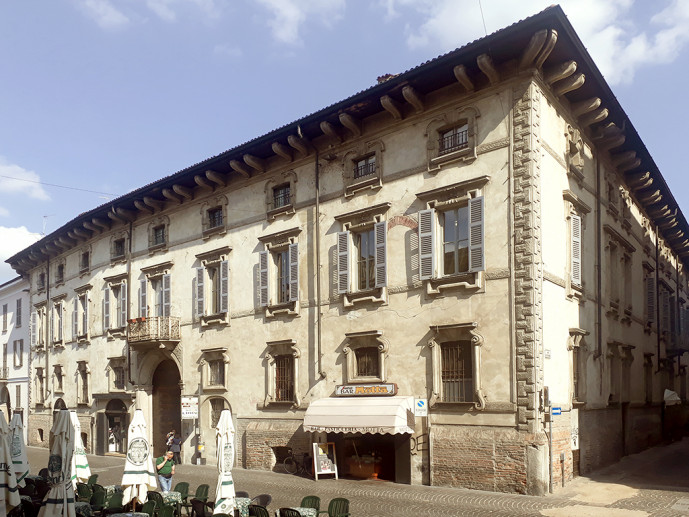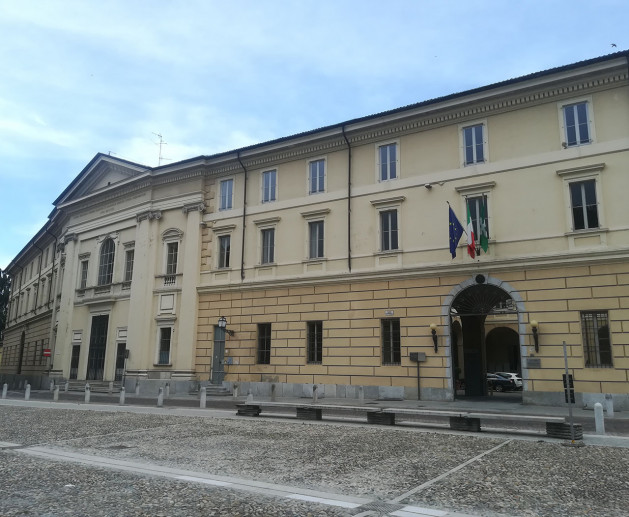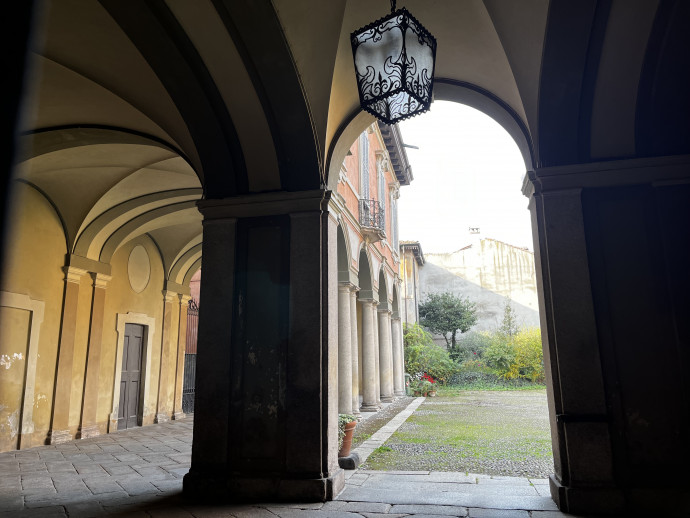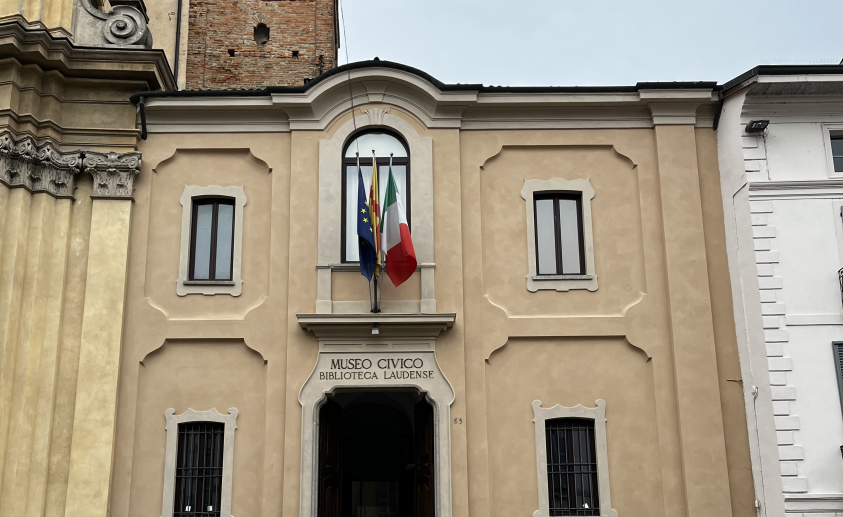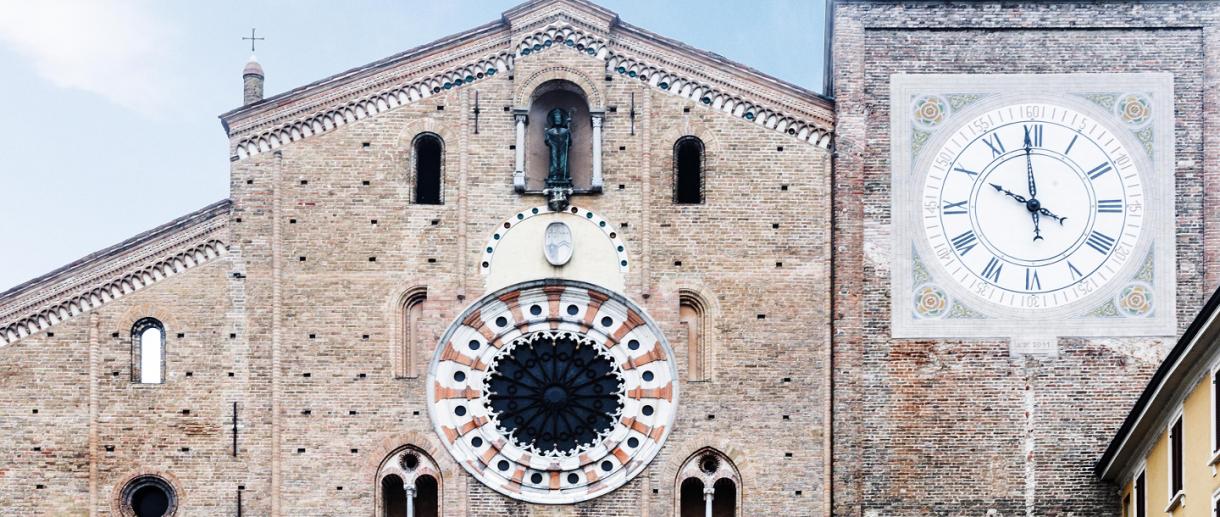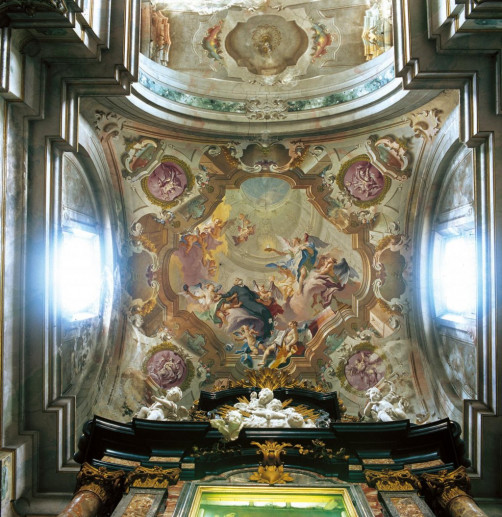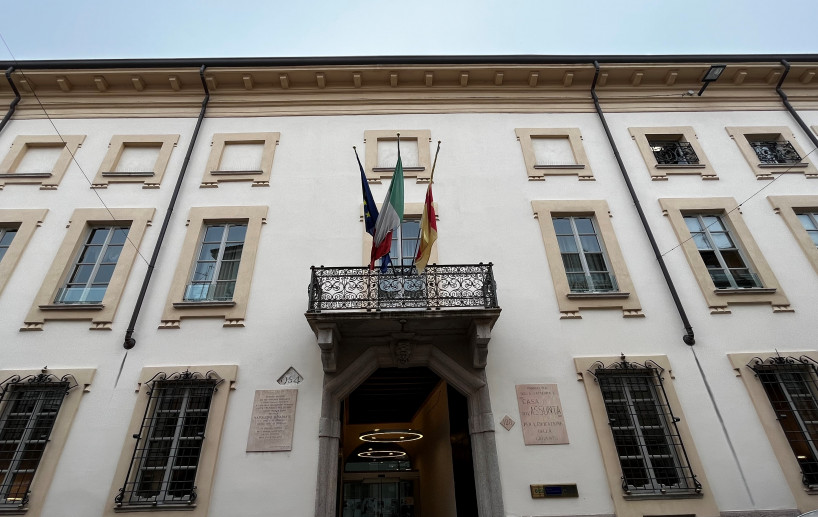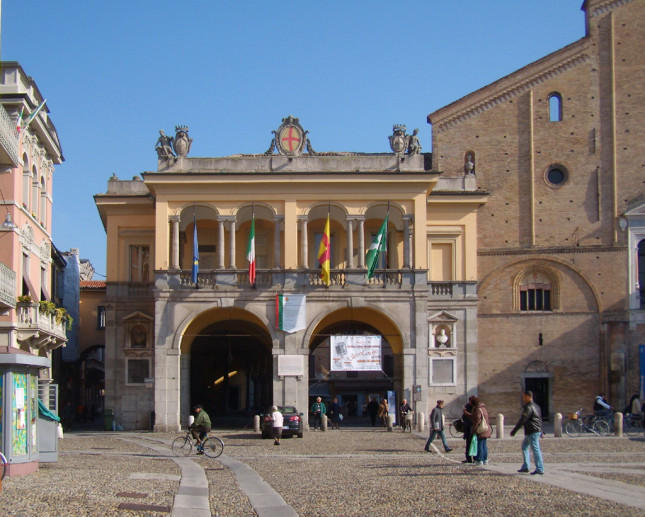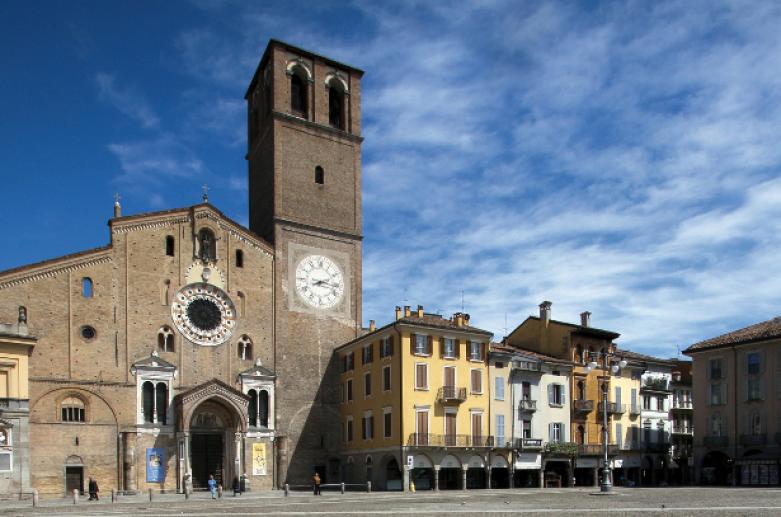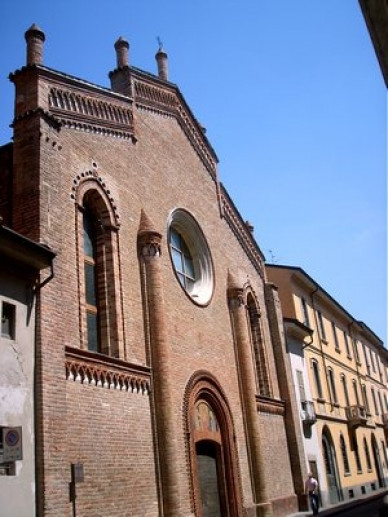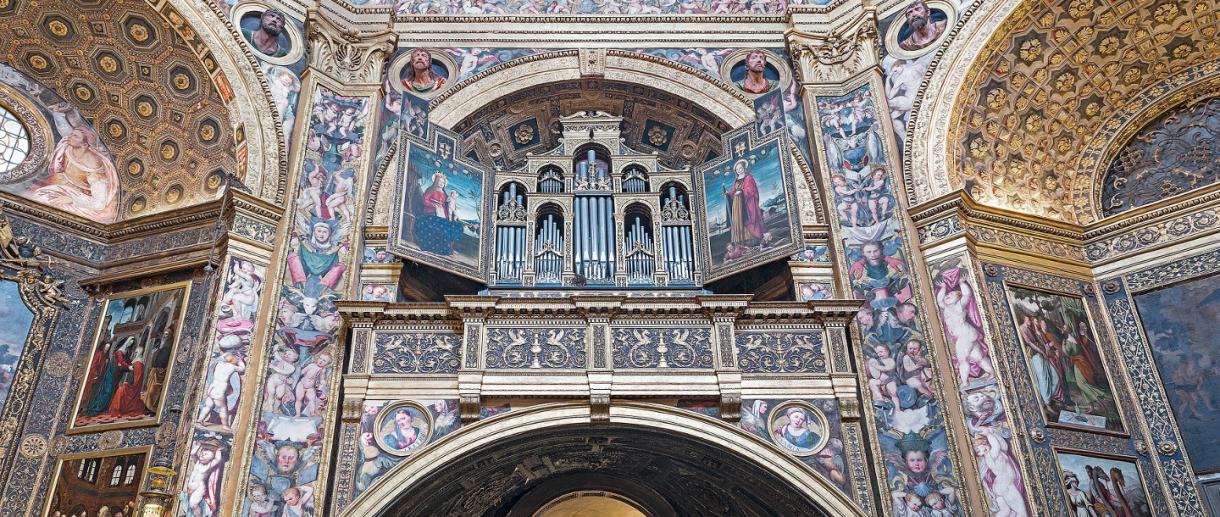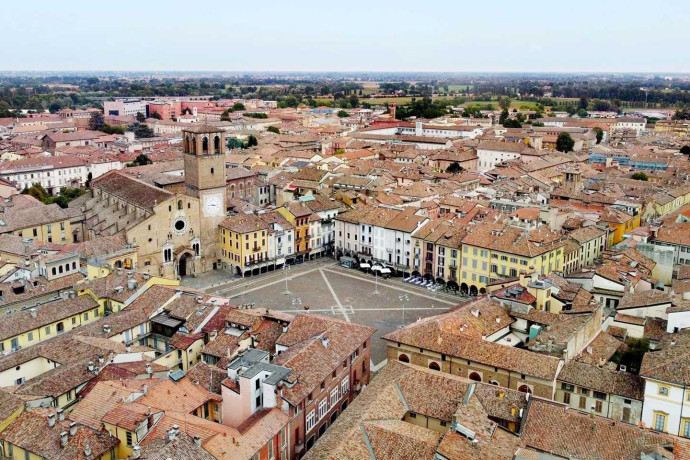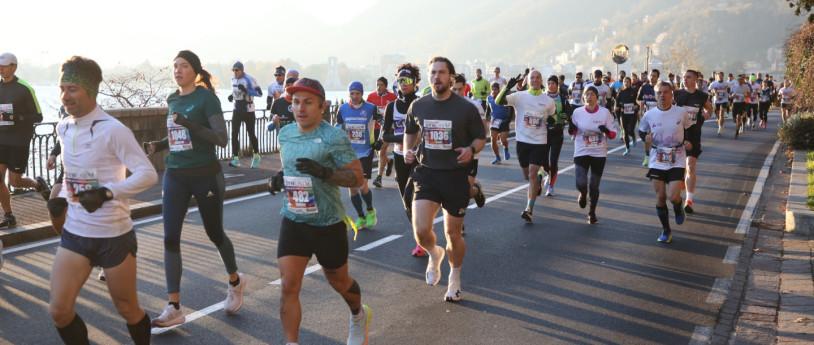- Art & Culture
- Religious Tourism
Chiesa di San Francesco
The church of San Francesco is one of the main Medieval monuments in the city of Lodi. It dates back to 1252.
The church of San Francesco is one of the main Medieval monuments in the city of Lodi.
It dates back to 1252, when the bishop of Lodi, Bongiovanni Fissiraga reintroduced the Friars Minor back to the city, previously expelled years before due to the intolerance of the Ghibelline faction, assigning them the small church of S. Nicolò.
A few years later, presumably starting in the eighties, the friars began building a new church, the work on which must have already been at a good point in 1290, when the remains of bishop Bongiovanni were placed there. Supporters of the work were Antonio Fissiraga (possibly the nephew of the bishop) and his wife Flora dei Tresseni.
The church is built in the Romanic Gothic style and has an incomplete façade just above the central rose window and is characterised by its “open air” mullioned windows, a particular detail of Lodi, giving the front a lighter feel. Just under the rose window is a porch with terracotta columns placed on high stone plinths.
The interior, with three naves with lateral chapels and transept, is laid out in a style that was quite widespread in Lombard architecture, adopting the layout using the acute arch design on a cylindrical pillar with cross vaults. The church holds within it the most complete collection of Lodi paintings starting from the Fourteenth century; among these are the votive frescoes, “Madonna col Bambino, i ss Nicola e Francesco e Antonio Fissiraga che presenta il modellino della chiesa” [Virgin Mary with child, the Saints Nicola and Francesco with Antonio Fissiraga presenting a model of the church]. The author, an anonymous Lombard painter, who well knew Giotto’s painting style, is often referred to as Maestro dei Fissiraga.
Lastly, not to be missed, in the right-hand nave, the third chapel dedicated to S. Bernardino da Siena, with frescoes painted by Gian Giacomo da Lodi, twenty-two frames depicting the life of the saint, dating back to 1477. Gian Giacomo’s style is simple and didactic, completely without late-Gothic elements, yet it still has highly educated elements like the use of perspective, demonstrating the passage to a more Humanist phase.
Opening hours
From Monday to Saturday: 6:30 - 12:00 and 17:00 - 18:30
Sunday: 7:00 - 12:00 and 17:00 - 18:30
